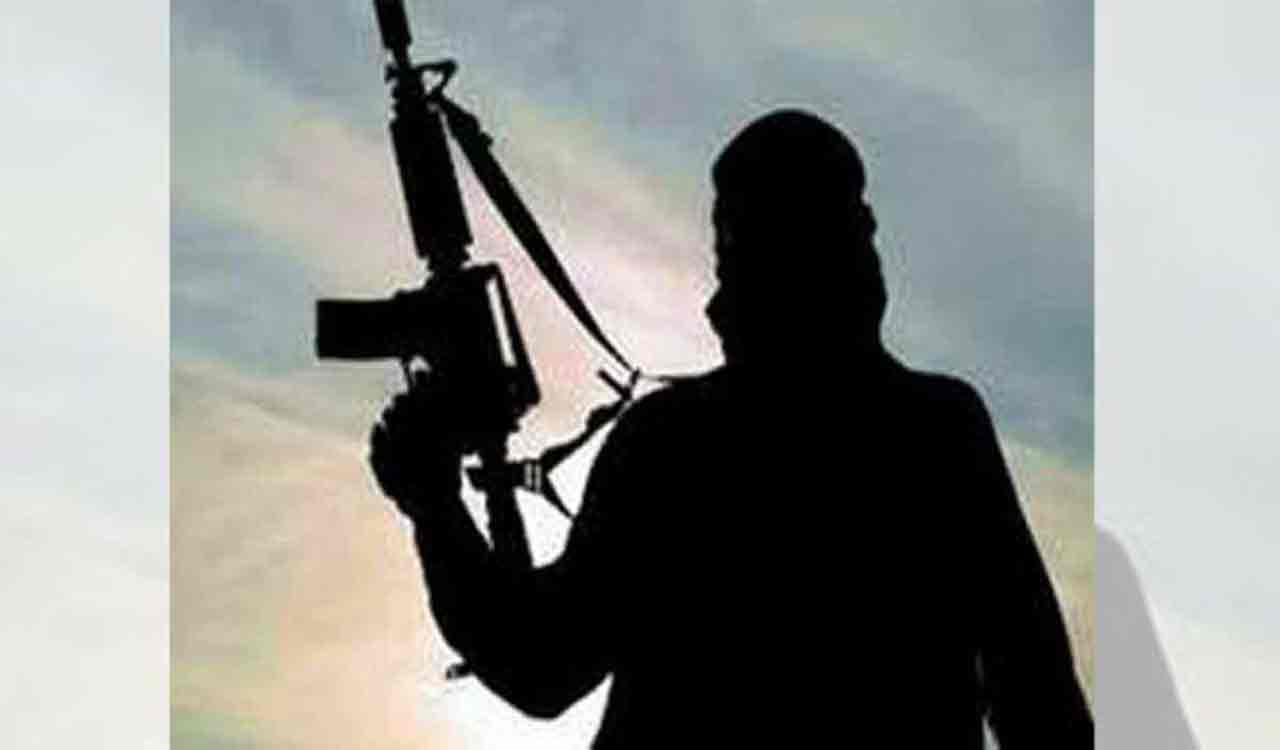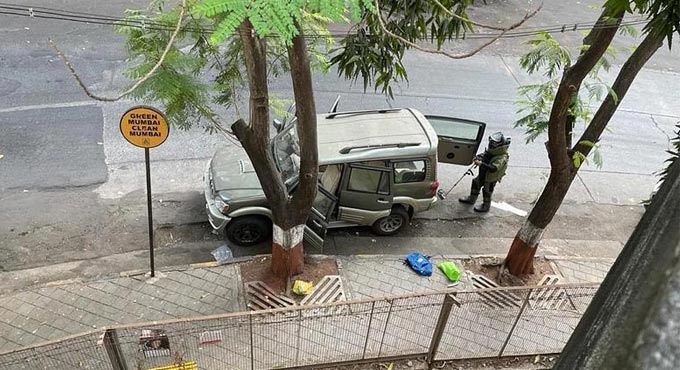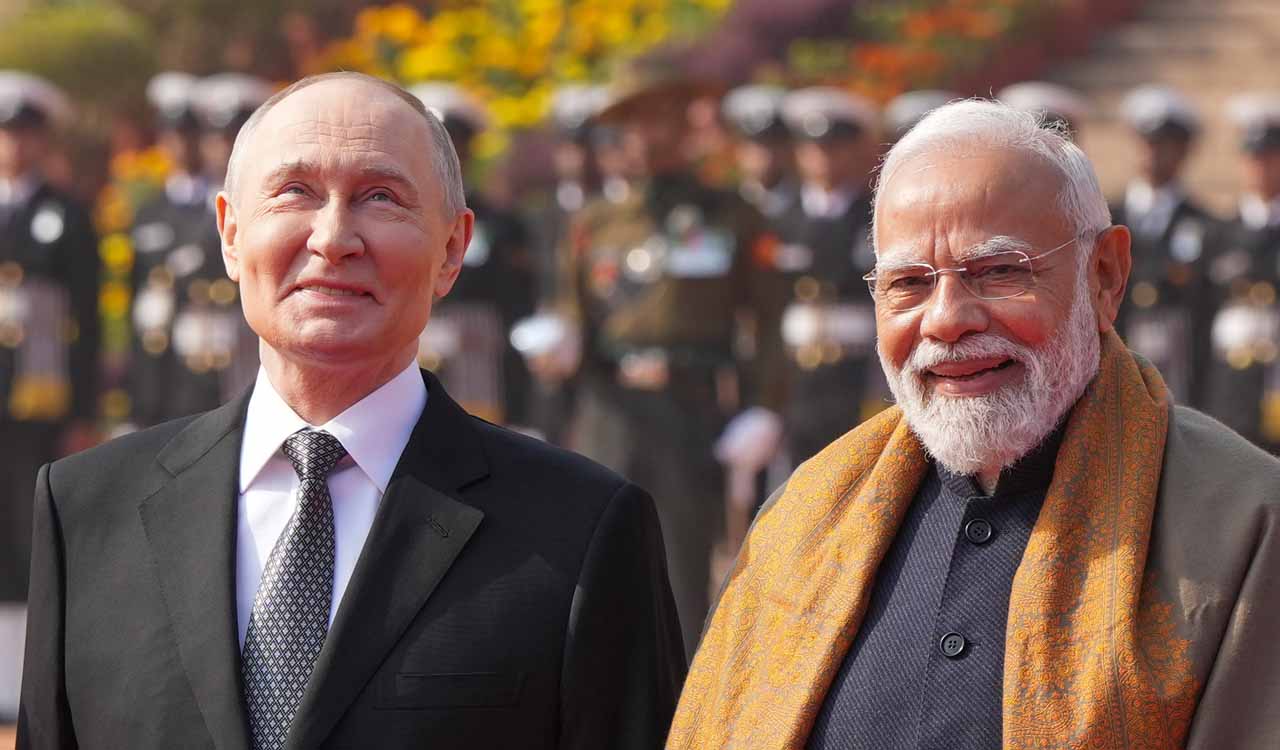Opinion: Maoists’ best bet –– Democracy
Recent surrenders of Central Committee Members mark a decisive setback for India’s naxalite insurgency, underscoring how armed revolutionary politics has become both costly and irrelevant
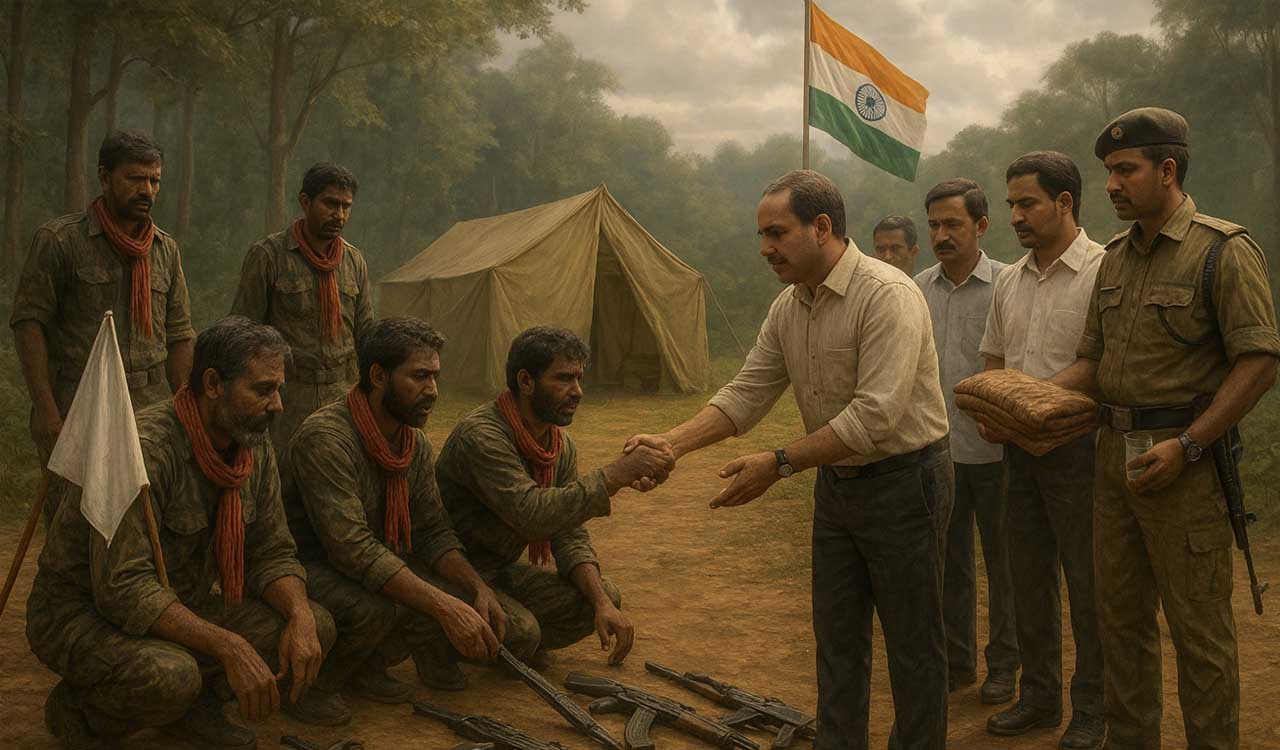
By PV Ramana
Pulluri Prasad Rao alias Chandranna, a Central Committee Member (CCM), and Bandi Prakash, Telangana State Committee Member (SCM), surrendered in Hyderabad on October 28, 2025. Both cited health problems and old age as reasons for their surrender.
Earlier, Mallojula Venugopal Rao, popularly known as Bhupathi and later Sonu, surrendered to Maharashtra Chief Minister Devendra Fadnavis in Gadchiroli, Maharashtra, on October 14, 2025. He is both a CCM and a Politburo Member, besides being the senior-most CCM to surrender in the past eight years. Two other CCMs surrendered earlier.
Bhupathi, along with 60 other comrades, surrendered and handed over their weapons to the authorities. Similarly, Takkellapalli Vasudeva Rao alias Ashanna, a member of Dandakaranya Special Zone Committee (DKSZC), surrendered with 250 comrades. Unlike them, Chandranna and Prakash left their weapons with their comrades. While seven CCMs were killed in an exchange of fire (EoF) in 2025, Nambala Kesavaa Rao is the only CCM and general secretary to have been killed in an EoF in the 58-year history of the naxalite movement in India.
Shrinking Committee
As a result, the Central Committee has been reduced to one-fifth of its earlier strength of 49 members, elected at the 9th Unity Congress, during which the Communist Party of India [Marxist-Leninist (People’s War)] and the Maoist Communist Centre merged. The last Central Committee seems to have been held in 2023. Since then, alternate CCMs have been elevated to the CC, as is the usual practice.
These surrenders were imminent and expected, as was evident from Bhupathi’s 22-page letter circulated among fellow CCMs in September under the alias Abhay. In the letter, he gave an overall understanding of the movement across India. He admitted that Maoists had lost a few of their top leadership and hundreds of cadres.
The Communist Party of India (Marxist-Leninist) Liberation was the earliest and first naxalite group to recognise that ‘revolutionary politics’ has no relevance in our country
Bhupathi did not state that the ideology has lost traction but presented a holistic, historical understanding of the trajectory of the movement and its military-socio-political dynamics across the country. He candidly admitted a comprehensive failure nationwide and expressed guilt for the loss of territory, cadres, and the inability to take the revolutionary movement forward. These surrenders clearly underscore the fact that armed revolutionary politics has become expensive and irrelevant. He urged the masses to pursue their goals through legal means.
Over the past two decades, Maoists have excessively relied on the ‘mass line’ (killing the ‘class enemy’) without taking recourse to the ‘class line’ (‘organising the masses’). The mass line should precede the class line, and they should operate in tandem.
Three Magic Weapons
Among the ‘three magic weapons’ –– Strong Army, Strong Party, and a Strong United Front, the first two have been weakened, and the third is virtually non-existent across DKSZC, North Telangana (NT), Andhra-Odisha Border Special Zone Committee (AOBSZC), and Eastern Regional Bureau (Bihar-Jharkhand and West Bengal). The Northern Regional Bureau (NRB) and the South Western Special Zone Committee (SWSZC) is defunct, while urban bases might be present.
In NT and AOB, a judicious mix of kinetic (security) and non-kinetic operations (development) forced Maoists to retreat. Though ‘objective conditions’ exist, such as poverty, unemployment, and inadequate healthcare, the party is non-existent. A few hundred militants have also surrendered along the Telangana border.
Across India, Maoists have realised that they cannot face the onslaught of the security forces. The ‘objective conditions’ and ‘three magic weapons’ exist in Abujhmad in Bastar and Saranda in Jharkhand. In these areas, the states’ weaknesses have been greater than their strengths. Misir Besra, alias Sunirmal and Prithram Manjghi, alias Analda, are holding the fort in Saranda, while Thippiri Titupathi, general secretary, and Mandvi Hidma, DKSZC secretary, are active in Bastar. That leaves four CCMs, all in the National Park Area, ie, Abujhmad.
The CPI (Maoist) is estimated to have 3,500 armed cadres, 30,000 people’s militia; and two lakh supporters across the country. Dozens of guerrilla bases are spread across Bastar and Saranada alone—enough to have security forces in their cross-hairs. In all these areas, thousands of crores of rupees are being spent on development activities by the affected States. Besides, money is being provided by the Centre in the form of Special Central Assistance. However, effective implementation and monitoring are lacking. Skills training facilities and vocational institutions like polytechnics are either insufficient or non-functional.
The remaining die-hard Maoists are likely to persist until all the “three magic weapons” are built across the country where the objective conditions exist. But that will take a long time. Meanwhile, there will be more attrition and surrenders. Those who have surrendered said, ‘they shall work among the masses’ through ‘democratic legal means’. This is where United Front activities will be activated.
It is nearly impossible to identify and pinpoint Maoist supporters among them. These are legal organisations and can be handled through legal measures if they propagate sedition or wage war on the state. Already, some organisations have been labelled Maoist front organisations and have been proscribed by the central government and the respective affected States.
The Roadmap
A plausible future trajectory could involve surrendered leaders and cadres forming a joint platform or a political party to contest elections. The Communist Party of (Marxist-Leninist) Liberation is a good example. They were the earliest and first naxalite group to recognise that ‘revolutionary politics’ has no relevance in our country. The CPI(ML) currently has two Members in the Lok Sabha and 12 in the Bihar Legislative Assembly, where elections are due in November.
Nearer home, in Telangana, Gummadi Narasaiah, a prominent naxalite leader of CPI (ML) New Democracy, contested and won as an independent for five terms in the Yellandu constituency in Khammam district.
These diverse elements must come together, setting aside personality clashes and minor ideological differences. They all seek an equitable society and a true welfare state, which our democracy already strives to uphold. Participating in the democratic processes is the best tactical way ahead.
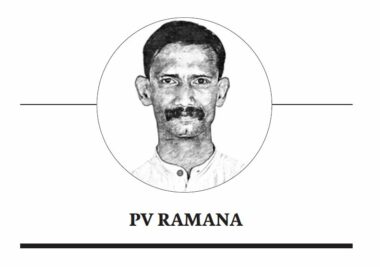
(The author, a Ph D from Jawaharlal Nehru University, New Delhi, keeps track of the Maoist movement in India)
Related News
-
Three Americans killed; U.S. vows response to ISIS attack in Syria
2 hours ago -
Women’s rescue team shines as Singareni wins big at All India Mines Rescue Competition
3 hours ago -
Komuravelly Kalyana Mahotsavam to mark start of annual jathara
3 hours ago -
Over 8 lakh voters to cast ballots in Arunachal polls on Dec 15
3 hours ago -
AIIMS-led trial proves Supernova Stent safe and effective for stroke patients
3 hours ago -
Man killed, wife injured in Sangareddy road accident ahead of panchayat polls
4 hours ago -
Nitish Kumar Reddy claims hat-trick for Andhra in Syed Mushtaq Ali Trophy
4 hours ago -
Triveni Continental Kings eye hat-trick in Global Chess League
4 hours ago

